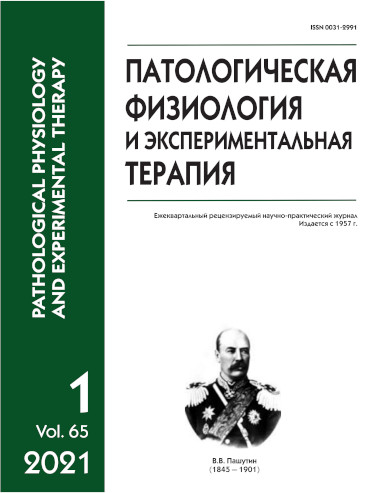Coherence parameters of cerebral bioelectric activity and blood serum levels of phosphorylated neurofilaments in comorbid alcohol dependence and affective disorders
Abstract
Background. Similar to many mental disorders, alcohol dependence and affective disorders result from interaction of genetic, social, and environmental factors associated with morpho-functional alterations in the central nervous system. However, major causes and mechanisms of the development of comorbid alcoholism and affective disorders are not fully clear. The aim of this study was to determine the functional connectivity and levels of phosphorylated neurofilaments in patients with alcohol dependence and comorbid alcohol dependence and affective disorder. Methods. 60 patients were evaluated after detoxification, including 30 patients with alcohol dependence and 30 patients with comorbid alcohol dependence and affective disorder. The control group consisted of 20 sex- and age-matched, mentally and somatically healthy individuals. Brain bioelectric activity was recorded with a 16-channel encephalograph. Overall average values of intra- and inter-hemispheric coherence were analyzed. Blood serum concentration of phosphorylated neurofilaments was measured by solid-phase enzyme immunoassay on polystyrene plates pre-coated with chicken polyclonal antibodies. Results. The intergroup analysis showed that coherence values for the right hemisphere were significantly lower in patients with comorbid alcohol dependence and affective disorder compared to patients with alcohol dependence alone (p=0.018). Also, concentrations of neurofilaments were significantly higher in the patient group with comorbid alcohol dependence and affective disorder compared to the healthy control group (p=0.042). Comparison of patient groups showed that neurofilament concentrations had a tendency toward higher values in patients with comorbid alcohol dependence and affective disorder (p=0.092). Conclusion. The presence of comorbid alcoholism and affective disorders leads to neurophysiological alterations evident as reduced functional connectivity of the cerebral cortex, particularly in the right hemisphere, as well as to the increased degree of neuronal damage.






